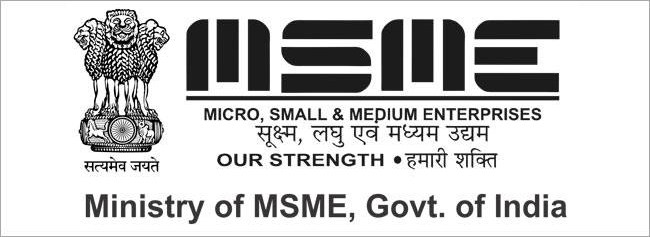API 580 Question
What is fluid hammer and how it is generated?
Ans: When the flow of fluid through a system is suddenly halted at one point, through Valve closure or a pump trip, the fluid in the remainder of the system cannot be stopped Instantaneously as well. As fluid continues to flow into the area of stoppage (upstream Of the valve or pump), the fluid compresses, causing a high pressure situation at that Point. Likewise, on the other side of the restriction, the fluid moves away from the Stoppage point, creating a low pressure (vacuum) situation at that location. Fluid at the Next elbow or closure along the pipeline is still at the original operating pressure,
Resulting in an unbalanced pressure force acting on the valve seat or the elbow. The fluid continues to flow, compressing (or decompressing) fluid further away from The point of flow stoppage, thus causing the leading edge of the pressure pulse to move Through the line. As the pulse moves past the first elbow, the pressure is now equalized At each end of the pipe run, leading to a balanced (i.e., zero) pressure load on the first Pipe leg. However the unbalanced pressure, by passing the elbow, has now shifted to The second leg. The unbalanced pressure load will continue to rise and fall in sequential
Legs as the pressure pulse travels back to the source (or forward to the sink). The ramp Up time of the profile roughly coincides with the elapsed time from full flow To low flow, such as the closing time of the valve or trip time of the pump. Since the Leading edge of the pressure pulse is not expected to change as the pulse travels Through the system, the ramp down time is the same. The duration of the load from Initiation through the beginning of the down ramp is equal to the time required for the Pressure pulse to travel the length of the pipe leg.
What are sway braces?
Ans: Sway Braces are essentially a double-acting spring, housed in a canister. Unlike Variable effort supports, Sway Braces are not intended to carry the weight of pipework; Their purpose is to limit undesirable movement. Sway Braces act like a rigid strut until a Small preload is reached, where-after the restraining force increases in proportion to the Applied deflection. Fig. 1.Undesirable movement can occur due to many phenomena, such as wind loading, Sympathetic vibration, rapid valve closure, relief valves opening, two phase flow or Earthquake. It may be necessary to limit this type of deflection to prevent the Generation of unacceptable stresses and equipment loading.
The Sway Brace is a cost-effective means of limiting pipework deflection. It should be Noted however that it does provide some resistance to the thermal movement of the Pipework and care should be taken when specifying to ensure that this is acceptable. Installation of Sway Braces will have the effect of raising the fundamental frequency of Vibration of a pipework system; this is likely to reduce undesirable deflections. Sway Braces are often used to solve unforeseen problems of resonant vibration. For Situations where the resistance to thermal movement provided by Sway Braces is Unacceptable, you are referred to Pipe Supports Limited range of hydraulic snubbers And dampers.



